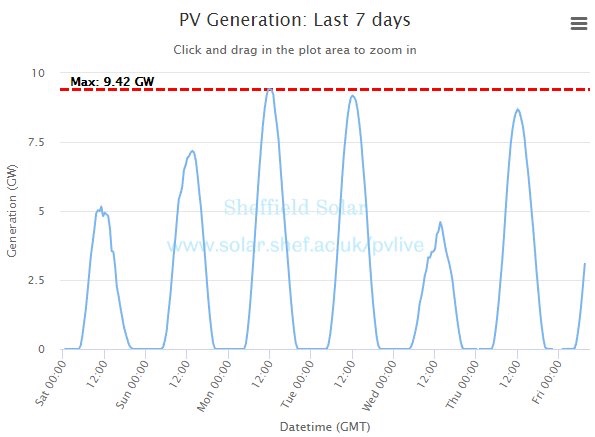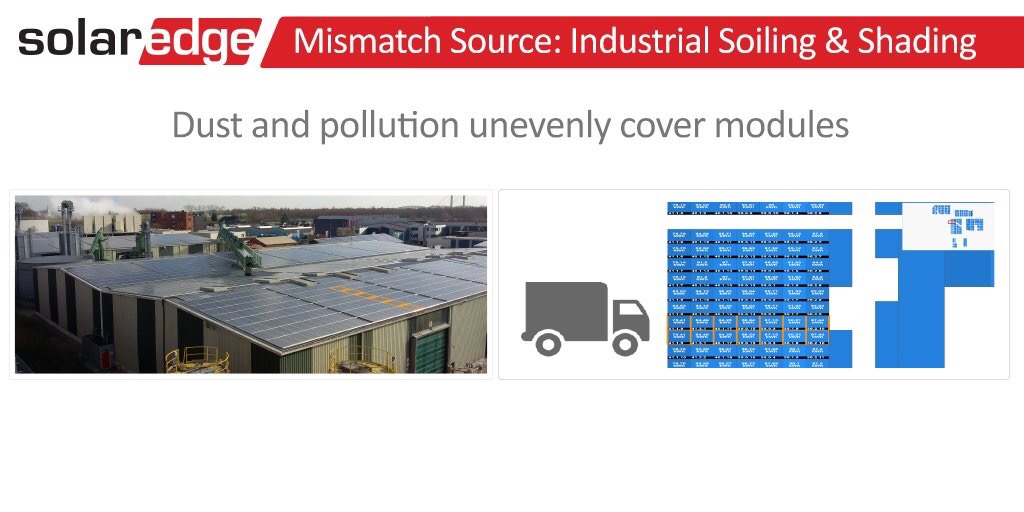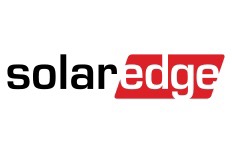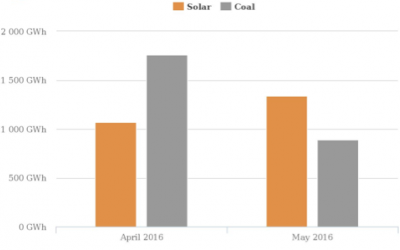Solar Power sets new U.K. generation record

The UK’s solar capacity set a new generation record earlier this month, almost a year to the day it achieved the same feat in 2017.
Data compiled by PV Live and verified by National Grid show that PV generation peaked at 9.42GW from 11:30 AM on Monday 14 May, edging just past the previous record of 9.37GW set almost a year ago.
These record-setting periods also saw solar provide 25% of the country’s entire demand, the second largest power source at that time of day. Combined with wind (10%) and nuclear (18%), low-carbon sources made up more than half of the UK’s entire energy demand around midday.
And the record caps off what has been a highly productive period for the UK’s renewables fleet. Solar PV has regularly contributed upwards of 25% of the UK’s power supply around the midday peak in recent weeks, and the early May bank holiday spell saw PV become the dominant energy source for a total of six full hours over the weekend.
Far from being an overarching issue for National Grid, the transmission system operator has repeatedly asserted that it has the tools at its disposal to cope with such periods of significant solar generation.
Whether for how or work Solar Power can help reduce costs. Contact us by clicking here for no obligation advice.





